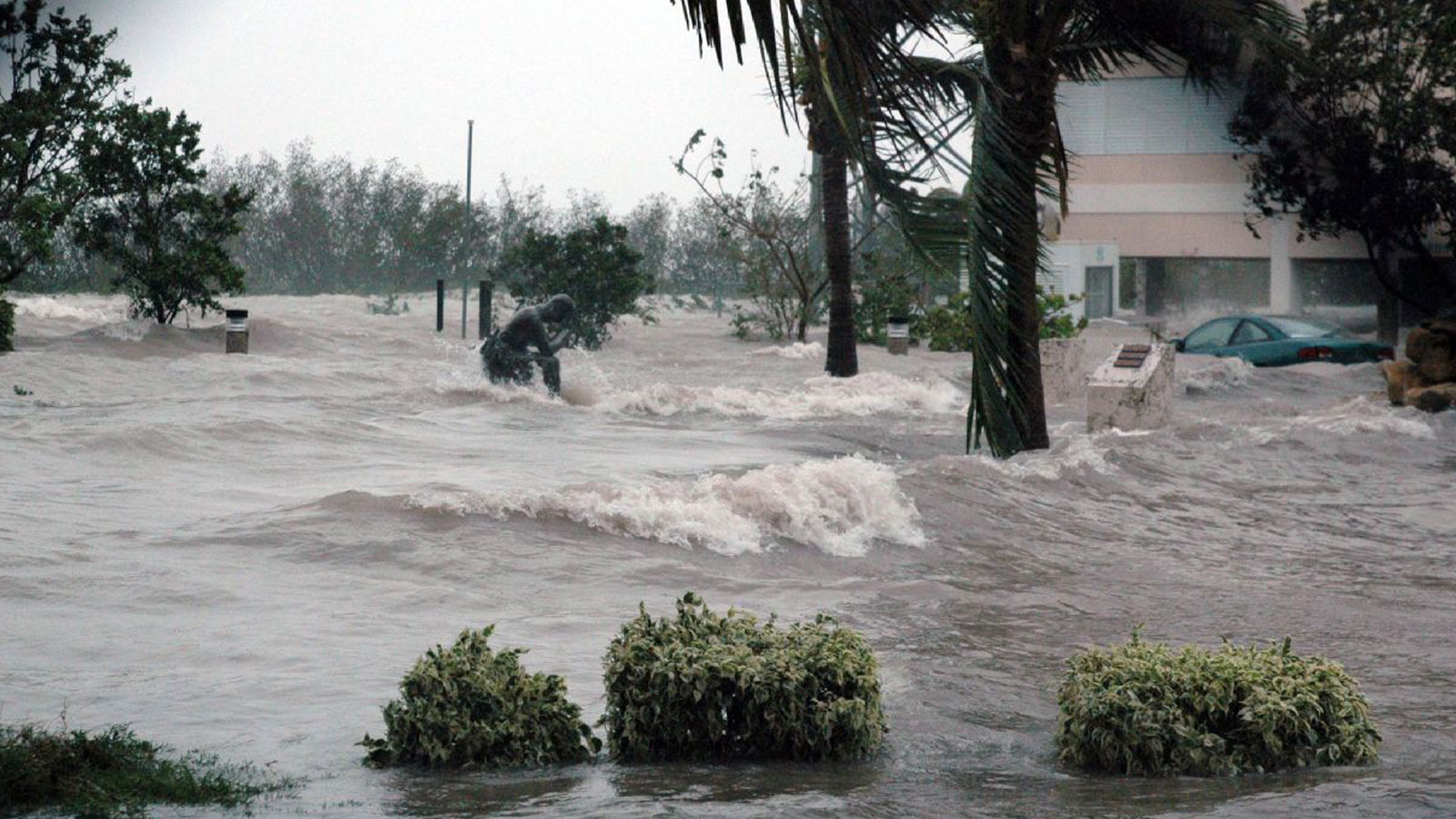In many low-lying coastal communities, residents already pay high prices for flood insurance. And as seas rise, the risk of flooding is growing.
“There can be this perception that … if we acknowledge those risks or if we quantify those risks, then that’s going to cause the flood insurance rates to go up,” Jason Evans says.
But he says sometimes the reverse is true. Evans is the director of the Institute for Water and Environmental Resilience at Stetson University in Florida.
He says the National Flood Insurance Program will discount premiums in communities that assess and address their vulnerability to flooding.
“The worst thing to do when there’s a risk is to just ignore it,” Evans says. “So you go in, study the risks, and you’re making a plan over time.”
In Monroe County, Florida, home of Key West, Evans led a team that evaluated the risk of flooding under several sea-level rise scenarios. The team recommended ways of addressing the threat, such as updating building codes and improving stormwater systems.
Creating the plan helped the county qualify for a 35% discount on flood insurance for most of its residents.
And as the recommendations are implemented, the county will be better prepared for sea-level rise.
Reporting credit: Sarah Kennedy/ChavoBart Digital Media
Source link


